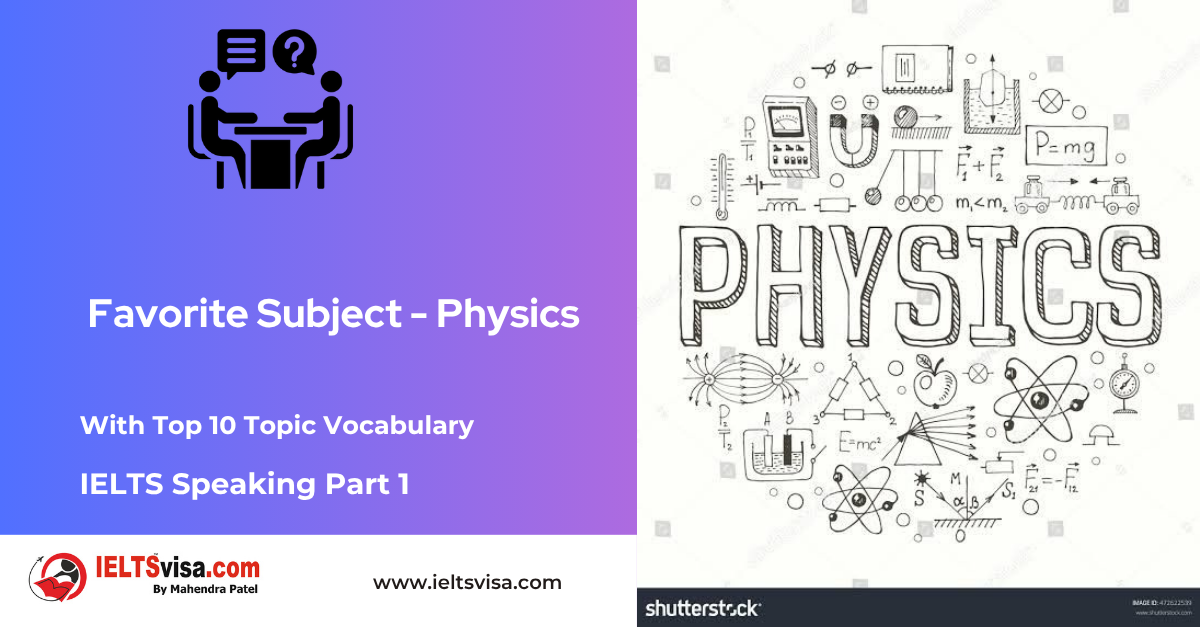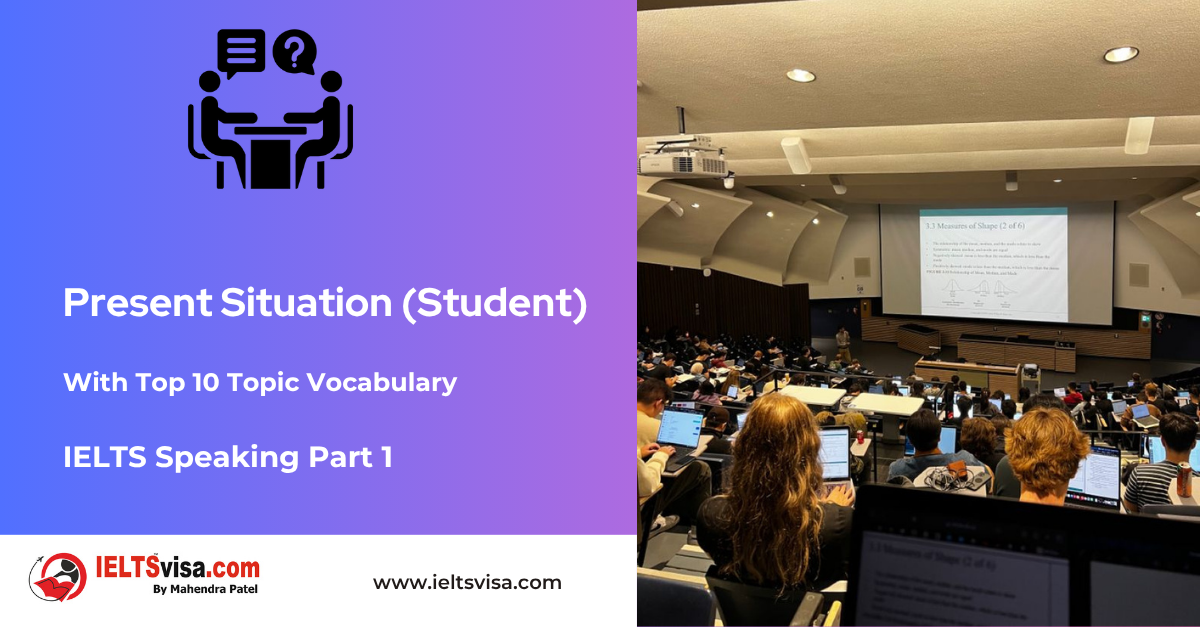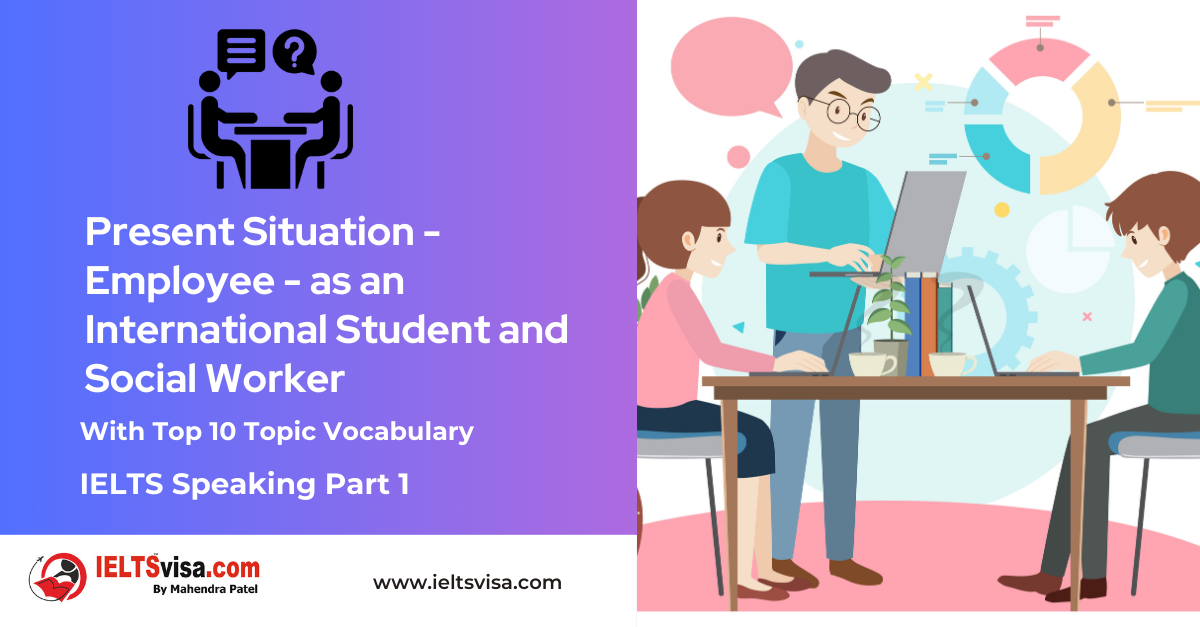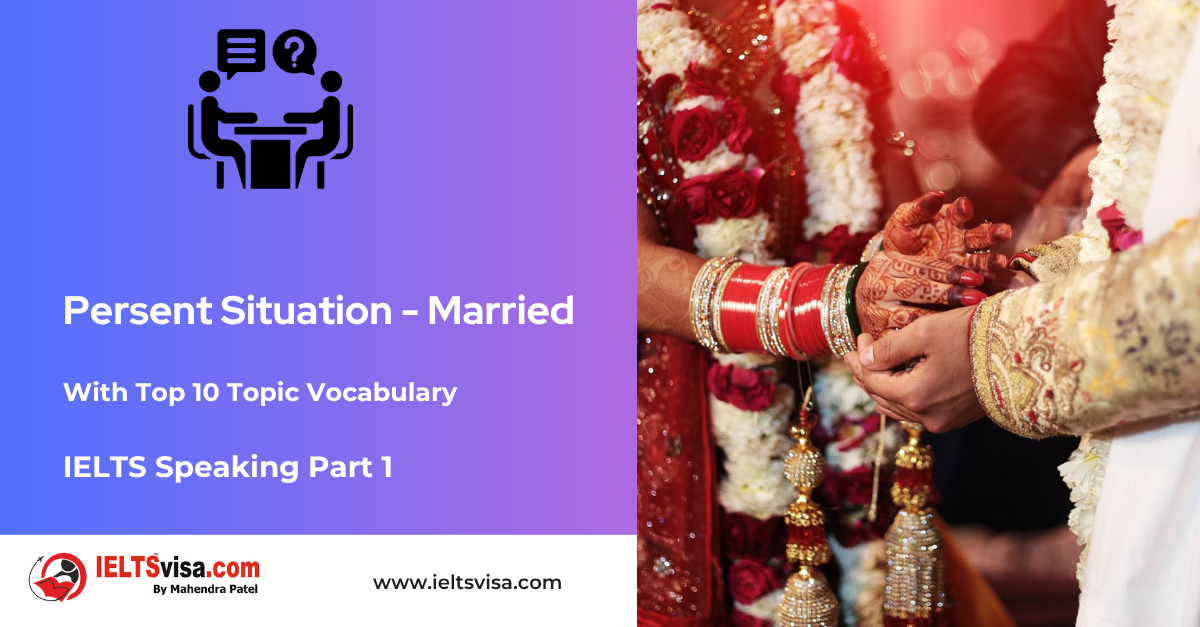Parsing Pronouns
Grammar for IELTS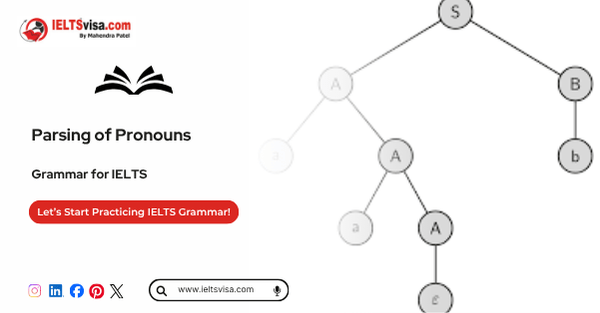
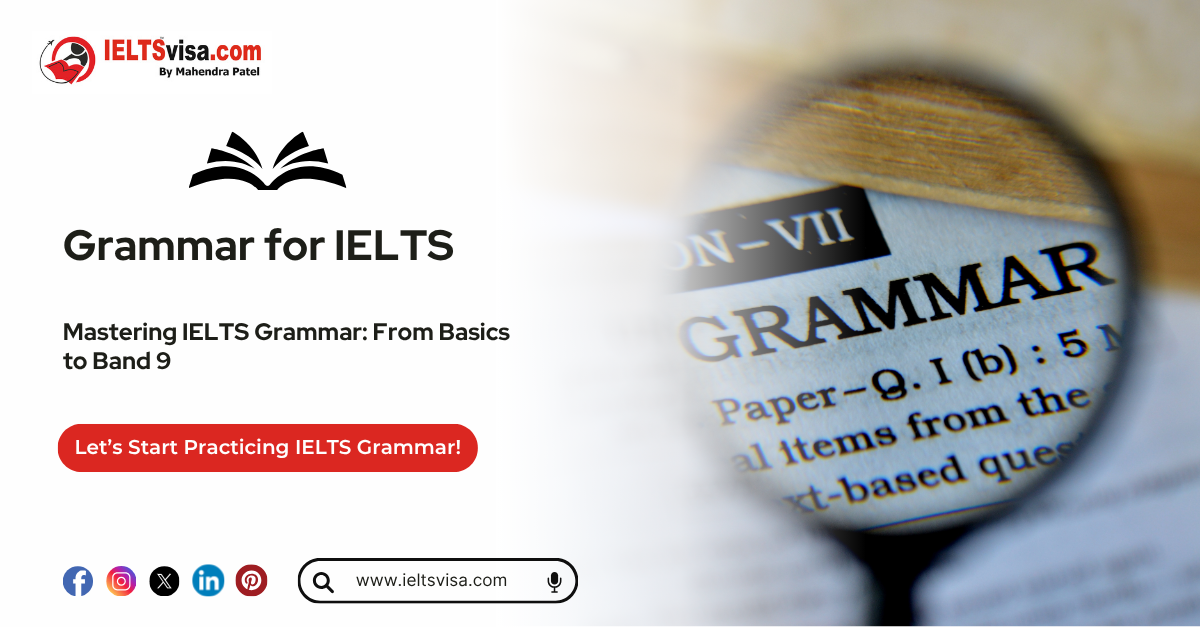
Parsing Pronouns: Definition, Examples, and Usage
Parsing pronouns involves identifying their grammatical features—such as type, person, number, gender, and case—and understanding their relationship with other elements in a sentence. Parsing is essential for analyzing sentence structure, especially when working with pronouns.
In this guide, we will explore the definition, examples, and steps for parsing pronouns to help beginners and learners build a strong foundation in English grammar.
Table of Contents
1. What Is Parsing Pronouns?
2. Steps to Parse Pronouns
3. Examples of Parsing Pronouns
4. Exercises: Parsing Pronouns
5. Frequently Asked Questions on Parsing Pronouns
What Is Parsing Pronouns?
Parsing pronouns refers to the process of analyzing and explaining the grammatical properties of pronouns in a sentence. This includes identifying their type, person, number, gender, case, and their agreement with their antecedents.
Key Elements to Parse a Pronoun:
1. Kind: What type of pronoun it is (e.g., personal, relative, demonstrative, etc.).
2. Person: Whether it is first, second, or third person.
3. Number: Whether it is singular or plural.
4. Gender: Masculine, feminine, or neuter.
5. Case: Whether it functions as the subject-object, or shows possession.
6. Agreement: How it relates to its antecedent in terms of person, number, and gender.
Steps to Parse Pronouns
1. Identify the Pronoun: Locate the pronoun in the sentence.
2. Determine Its Type: Decide if it is a personal, relative, interrogative, demonstrative, or other pronoun type.
3. Find the Antecedent: Identify the word the pronoun is replacing or referring to (if applicable).
4. Specify Person, Number, and Gender: Analyze the pronoun’s characteristics based on its role in the sentence.
5. Analyze Case: Determine whether it is nominative (subject), objective (object), or possessive.
6. Explain Its Function: Describe how the pronoun functions within the sentence.
Examples of Parsing Pronouns
Sentence 1:
John, you may borrow my dictionary, which can be found in the library.
-
- You: Personal pronoun, second person, singular, nominative case; a subject of the verb may take.
- Which: Relative pronoun, third person, singular, neuter gender; refers to the antecedent dictionary and is the object of the verb will find.
- My: Possessive pronoun, first person, singular, modifies dictionary.
Sentence 2:
He who is ready to work will succeed.
-
- He: Personal pronoun, third person, singular, masculine gender, nominative case; a subject of the verb will succeed.
- Who: Relative pronoun, third person, singular, masculine gender; refers to the antecedent he and is the subject of the verb is.
Sentence 3:
The weapon with which he conquered was simple patience.
-
- With which: Relative pronoun phrase, which is third person, singular, neuter gender; refers to the antecedent weapon and is the object of the preposition with.
- He: Personal pronoun, third person, singular, masculine gender, nominative case; subject of the verb conquered.
Exercises: Parsing Pronouns
Parse the pronouns in the following sentences:
1. Jane brought her mother a rose, which grew in the garden.
2. They exerted such energy as they could.
3. What cannot be cured must be endured.
4. The man on whose help I relied was absent.
5. It was the owner himself who killed the dog that bit you.
Answers:
1. Her: Possessive pronoun, third person, singular; modifies mother.
Which: Relative pronoun, third person, singular, neuter gender; refers to rose and is the subject of the verb grew.
2. They: Personal pronoun, third person, plural, nominative case; subject of the verb exerted.
They: Personal pronoun, third person, plural, nominative case; subject of the verb could.
3. What: Interrogative pronoun, third person, singular, nominative case; subject of the verb cannot be cured.
4. Whose: Relative pronoun, third person, singular, possessive case; modifies help.
I: Personal pronoun, first person, singular, nominative case; subject of the verb relied.
5. It: Personal pronoun, third person, singular, nominative case; subject of the verb was.
Himself: Reflexive pronoun, third person, singular, masculine gender; emphasizes owner.
Who: Relative pronoun, third person, singular; refers to owner and is the subject of the verb killed.
That: Relative pronoun, third person, singular; refers to dog and is the subject of the verb bit.
Frequently Asked Questions on Parsing Pronouns
Q1: Why is parsing pronouns important?
Parsing pronouns helps in understanding sentence structure and ensures correct usage in writing and speech.
Q2: What is an antecedent in pronoun parsing?
An antecedent is the noun or phrase that the pronoun refers to or replaces.
Q3: How do you determine the case of a pronoun?
Check the pronoun’s function in the sentence:
-
- Nominative: Subject of the verb (She runs).
- Objective: Object of the verb or preposition (Give it to her).
- Possessive: Shows ownership (This is his book).
Q4: What are common errors in pronoun parsing?
Confusing cases (e.g., using I instead of me), unclear antecedents, or misidentifying pronoun types.

Our Books
Master IELTS Speaking Part 1
IELTS Writing Task 1 Book
IELTS Writing Task 2 Book
Practice IELTS Other Modules
IELTS Listening
The IELTS Listening test assesses how well you can understand spoken English in various contexts. It lasts about 30 minutes and is divided into four sections with a total of 40 questions. The listening tasks become increasingly difficult as the test progresses.
IELTS Academic Reading
The IELTS Academic Reading section assesses your ability to understand and interpret a variety of texts in academic settings. It is designed to evaluate a range of reading skills, including skimming for gist, reading for main ideas, reading for detail, understanding inferences, and recognizing a writer's opinions and arguments.
IELTS Speaking
The IELTS Speaking test assesses your ability to communicate in English on everyday topics. It lasts 11-14 minutes and consists of three parts: introduction, cue card, and a discussion based on the cue card topic.
IELTS General Reading
IELTS General Reading tests your ability to understand and interpret various types of texts. Here are some key areas and types of content you can expect to encounter in the reading section, along with tips for effective preparation.
IELTS Academic Writing Task 1
In IELTS Academic Writing Task 1, you are presented with a visual representation of information, such as graphs, charts, tables, or diagrams, and you are required to summarize, compare, or explain the data in your own words.
IELTS General Writing Task 1
In IELTS General Writing Task 1, you are required to write a letter based on a given situation. The letter can be formal, semi-formal, or informal, depending on the prompt. Here’s a breakdown of the key components to include in your letter
IELTS Academic Writing Task 2
In IELTS Academic Writing Task 2, you are required to write an essay in response to a question or topic. Here’s a guide to help you understand the essential elements of this task
IELTS Exam Tips
To succeed in the IELTS exam, practice regularly, familiarize yourself with the test format, improve your vocabulary, develop time management skills, and take mock tests to build confidence.
Grammer for IELTS
Grammar is the foundation of effective communication in English. Understanding tense usage, subject-verb agreement, and sentence structure enhances clarity and coherence in writing and speaking.
Vocabulary for IELTS
Vocabulary plays a crucial role in the IELTS (International English Language Testing System) exam, especially in the Speaking and Writing sections. Here’s an overview of why vocabulary is important and how it impacts your performance
RECENT IELTS SAMPLES QUESTIONS AND ANSWERS
IELTS Speaking Part 1 – Favourite Sujbect – Physics
IELTS Speaking Part 1 - Favourite Sujbect - Physics Q: What is your favourite subject? A: My favourite subject...
IELTS Speaking Part 1 – Present Situation (Student)
IELTS Speaking Part 1 - Present Situation (Student) Q1: Are you a student or do you work?A: I’m a full-time...
IELTS Speaking Part 1 – Present Situation – Employee – as an International Student and Social Worker
IELTS Speaking Part 1 - Present Situation - Employee - as an International Student and Social Worker Q1: Are...
IELTS Speaking Part 1 – Persent Situation – Employee- as an Electric Engineer
IELTS Speaking Part 1 - Persent Situation - Employee- as an Electric Engineer Q1: What do you do for a...
IELTS Speaking Part 1 – Persent Situation – Employee – as an Software Engineer
IELTS Speaking Part 1 - Persent Situation - Employee - as an Software Engineer Q1: What do you do for a...
IELTS Speaking Part 1 – Persent Situation – Married
IELTS Speaking Part 1 - Persent Situation - Married Q1: Are you married?A: Yes, I am married. My spouse and I...

